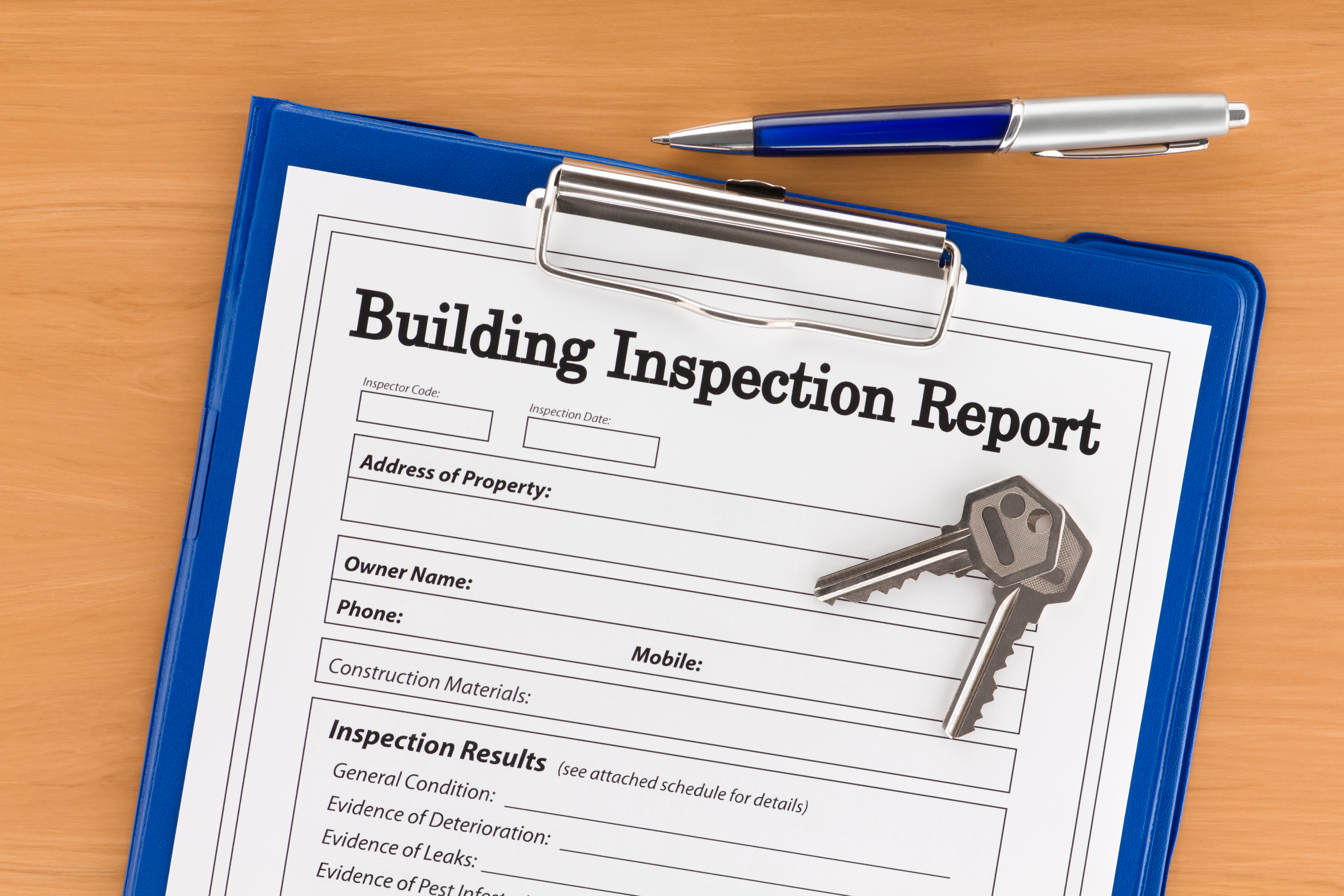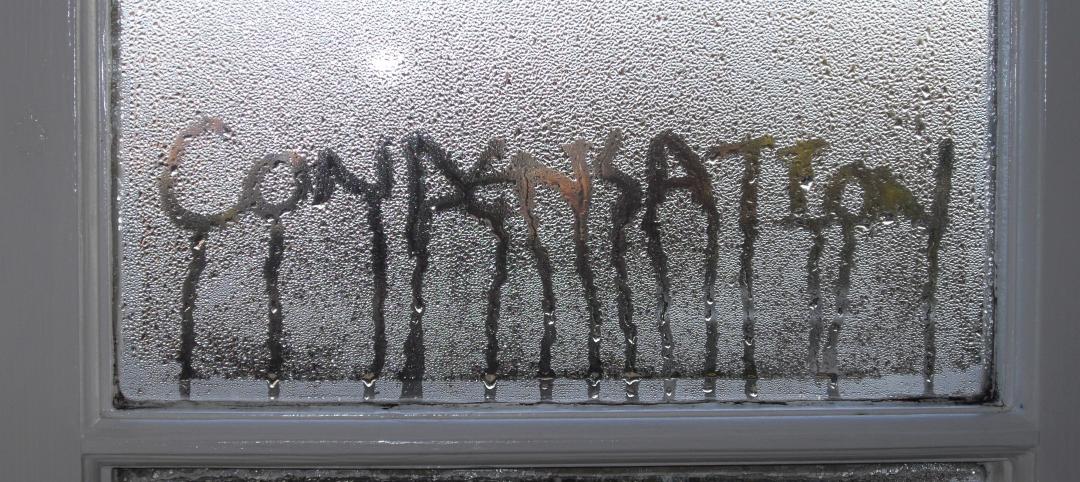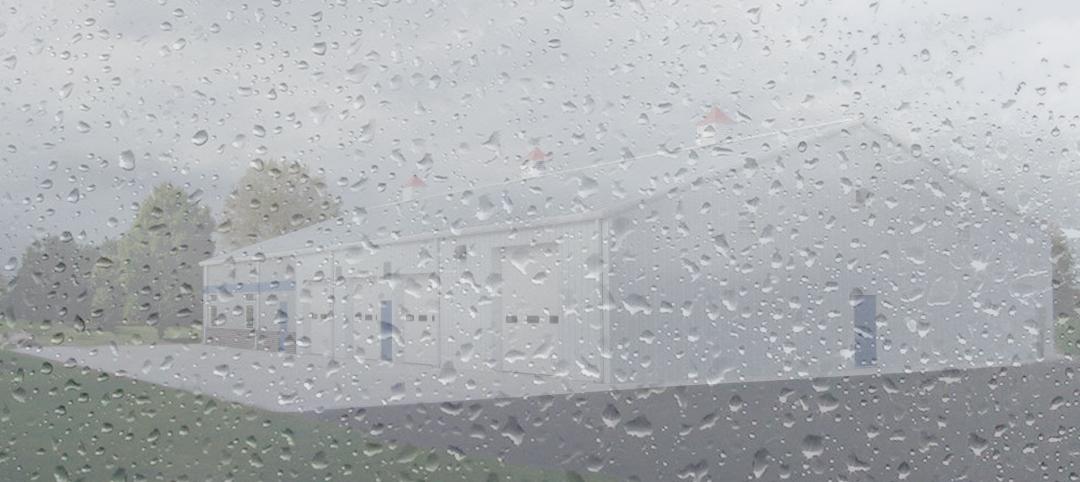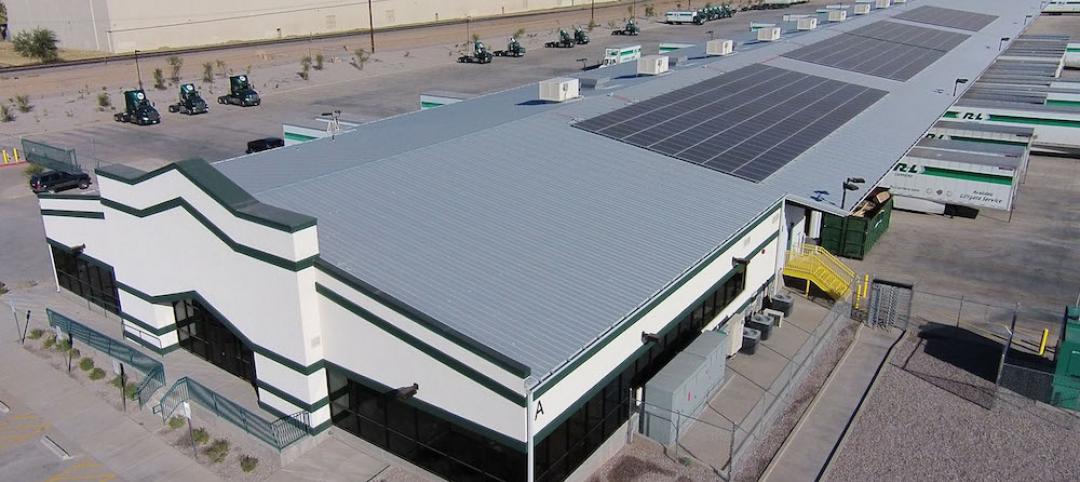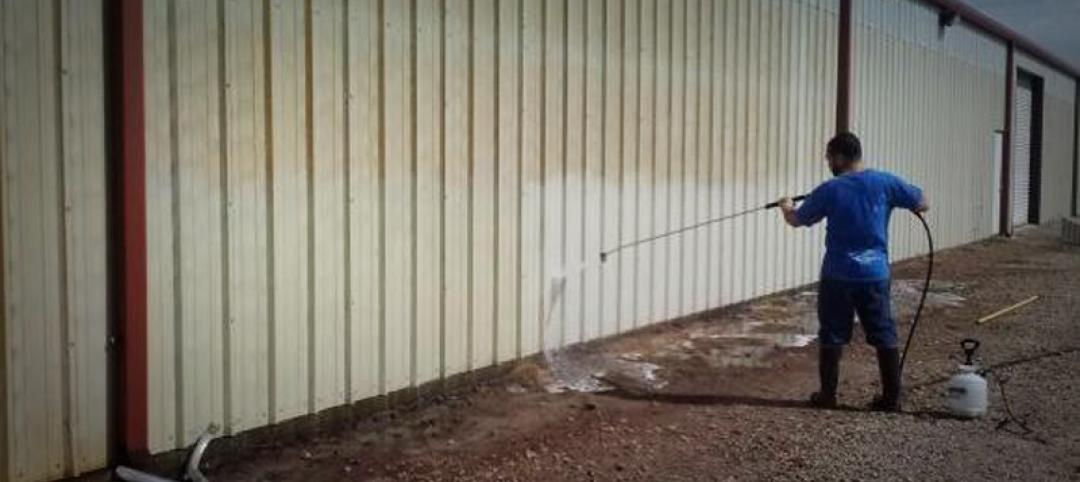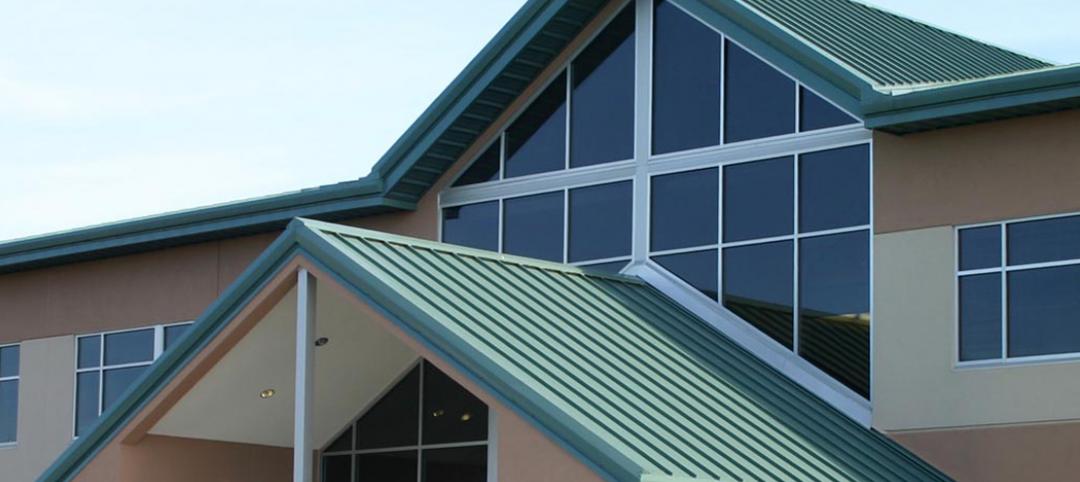If you haven’t done so already, now is the time to inspect your metal building. Before winter sets in cold and deep, it’s important to check the building and repair any damage to the integrity of the building envelope. In a few weeks, it could be covered in snow, hiding breaches in the watertight skin of the building. When that snow turns back into water, any place where it can infiltrate can spell big problems. So time is of the essence.
Metal building systems have great longevity… if properly maintained. Current estimates say that a metal building should last in excess of 30 years. But proper maintenance is crucial, and the major maintenance concern is keeping moisture out of the walls and roof.
Water is the enemy of virtually every type of construction system. It damages different materials in different ways. For steel, the vulnerability is corrosion. Rusting weakens steel, as well as causing unsightly staining that may penetrate coatings and can stain other adjacent materials. Water at locations where steel is in contact with other metals may cause galvanic corrosion, which is not rust-colored and can be more difficult to spot. Galvanic corrosion can weaken one of the two metals, sometimes attacking fasteners or the steel immediately surrounding the fastener holes.
Metal panels are coated to resist corrosion, usually either through hot-dip galvanization, or the more resistant Galvalume coating. Metal wall and roof panels, or other building envelope materials, are supposed to seal moisture out, keeping it away from the structural steel, which is not galvanized. But scratches through the coating that expose the panel’s steel leave the panel vulnerable to corrosion. Penetrations through the panel skin risk exposing the structural steel to moisture.
Moreover, moisture that gets into a wall – any wall on any type of building – and becomes trapped there has potential to promote mold growth. While steel itself does not support mold growth, other adjacent materials may. Denying entry to moisture is essential to avoiding mold.
What to Look For
It’s a good idea to inspect the entire exterior of the building before winter arrives, and again in the spring after snow has melted. Check for any damage to the exterior surface. If the building has metal panel walls, scratches should be noted and sealed to prevent corrosion. And damaged panels should be either repaired (if possible) or replaced. The roof should be walked and checked the same way.
Inspect the interior for any signs that water has entered: corrosion, staining, etc. If evidence of a leak is discovered, it has to be traced back to its source in the exterior skin, and sealed.
Look for and remove things that could cause damage during severe weather conditions, such as tree branches that can scratch a steel panel or crack the surface of an EIFS wall, or rocks and debris that could be thrown against the wall by water flows from a sudden snow melt.
Keep Records
It is also a good idea to keep detailed inspection and maintenance records. Note when inspections were performed, the exact locations of any problems found, and the methods and materials used to remediate them. You can even include pictures.
This practice can be valuable in several ways. It can help you identify recurring problems so you can enact more permanent solutions. In case there is a future event that damages the building, it can help you establish the prior condition of the building for purposes of insurance claims. Good records may also improve the saleability of the building, providing confidence that the building has been well-maintained, and documenting the true cost of ownership.
Your metal building system is designed to handle winter very well. Maintaining it in the condition that was originally designed will help it perform well. A little bit of attention every year may give you many decades of useful service.
For more information on Star Building Systems, visit www.starbuildings.com.
More from Author
Cary Barger | Aug 24, 2017
Controlling condensation
No matter what structural material you build with, be it steel, concrete, or wood, water is the enemy.
Cary Barger | Dec 13, 2016
Understanding rainscreen wall systems
The basic idea of a rainscreen is to have an exterior surface – a cladding layer - that breaks the force of sideways, wind-driven water movement, so that any water which gets through the small breaches in the surface has lost its momentum.
Cary Barger | May 9, 2016
The incredible long-lived metal roof
A report by the Metal Construction Association (MCA) found that 55% Al-Zn coated low-slope steel standing seam roofing systems suffer very little corrosion if properly maintained.
Cary Barger | Nov 5, 2015
Metal building maintenance is essential
Inspect, repair damages, and clean the building
Cary Barger | Sep 8, 2015
Single Sourcing - A Metal Building Creates Peace of Mind
Building owners worry that a problem will occur and no responsible party will fix it. This is when your choice of builder matters.

